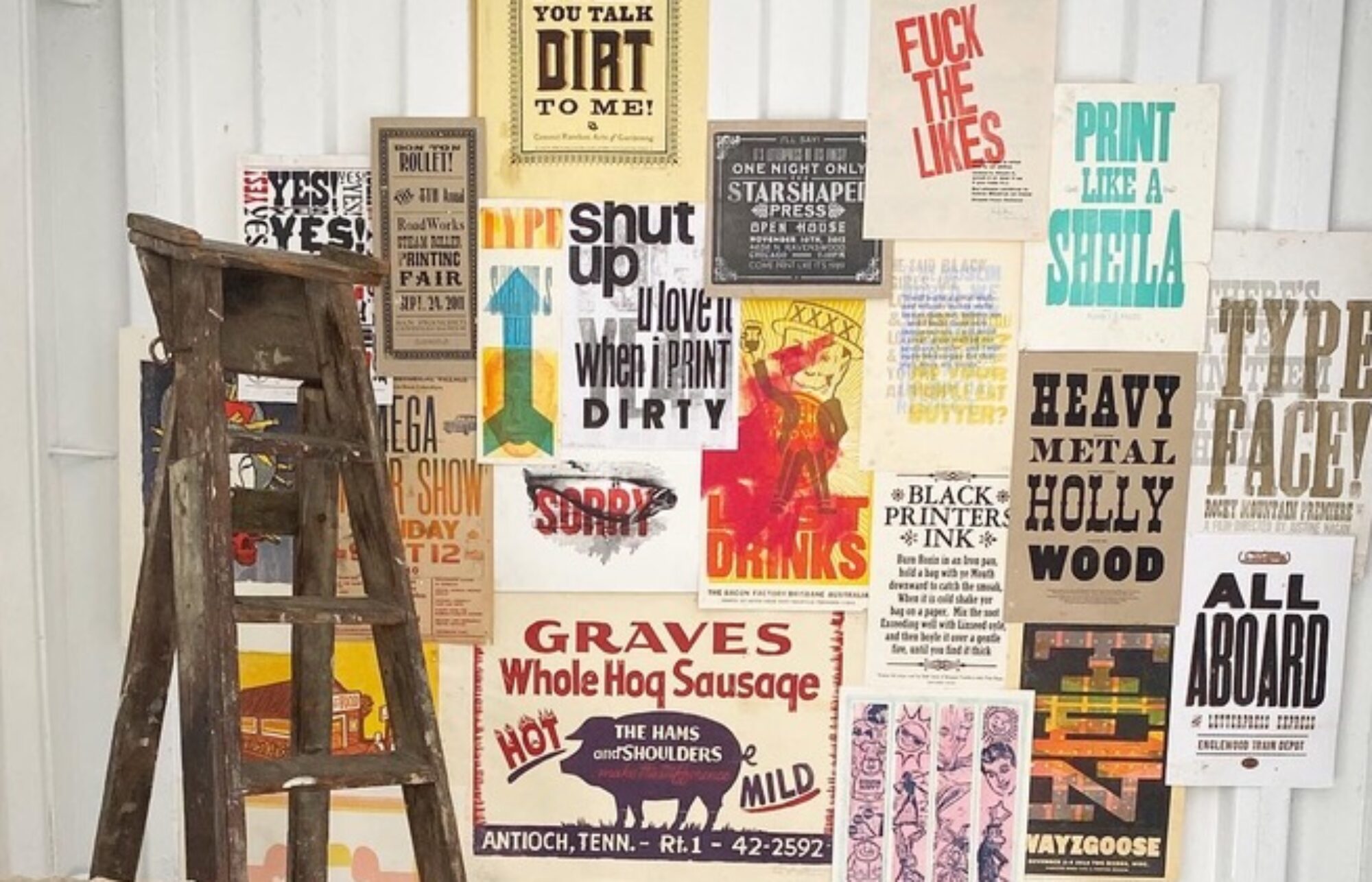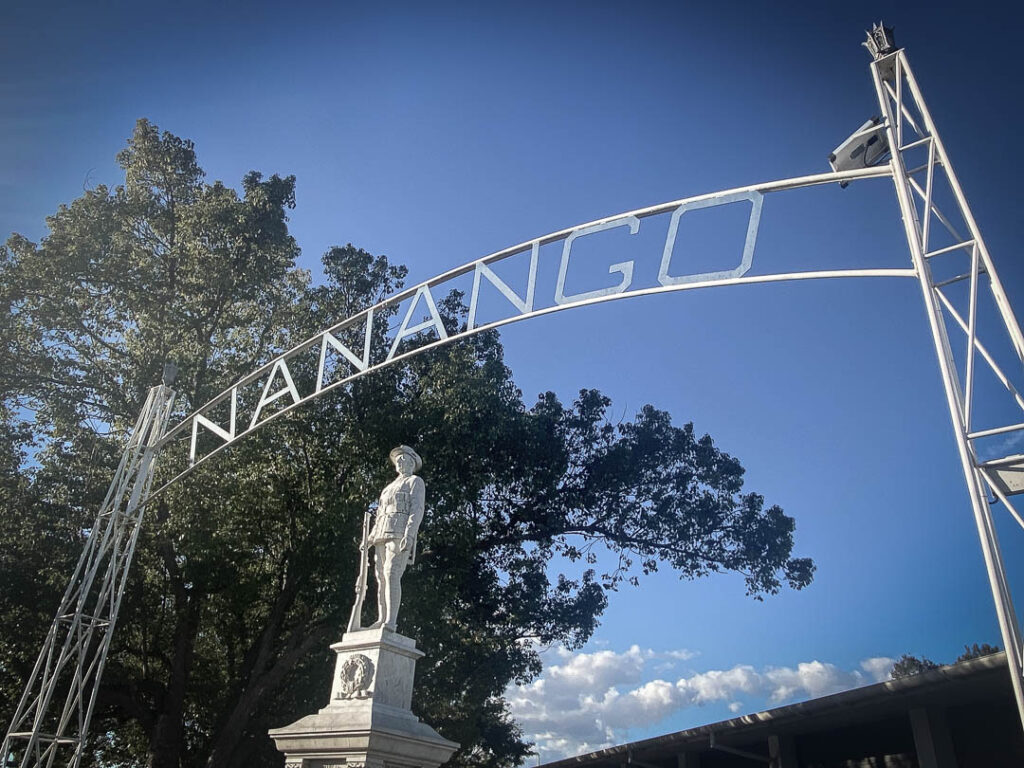
The Nanango Fallen Soldier Monument. The memorial was unveiled by Major General Sir T.W. Glasgow on the 29 January 1920.
A chill rural town located about 150 km north-west of central Brisbane. This place has some serious history.
First off, Nanango got its name from the Nanango pastoral run way back in 1842. Apparently, it comes from an Aboriginal word, either connected to an elder or referring to a waterhole.
Back in the day, Nanango was at a junction of tracks leading from Brisbane to the Darling Downs and the Burnett Valley. In the late 1840s, Jacob Goode decided to open up an inn right there at the junction.
Fast forward to 1861, and boom! The town was surveyed, and the first lots were sold the next year. A gold rush happened in the mid-1860s, just south of the town, attracting loads of people to this shiny new place. And they didn’t stop there; a school popped up in 1866, and more lots were surveyed and sold in 1870.
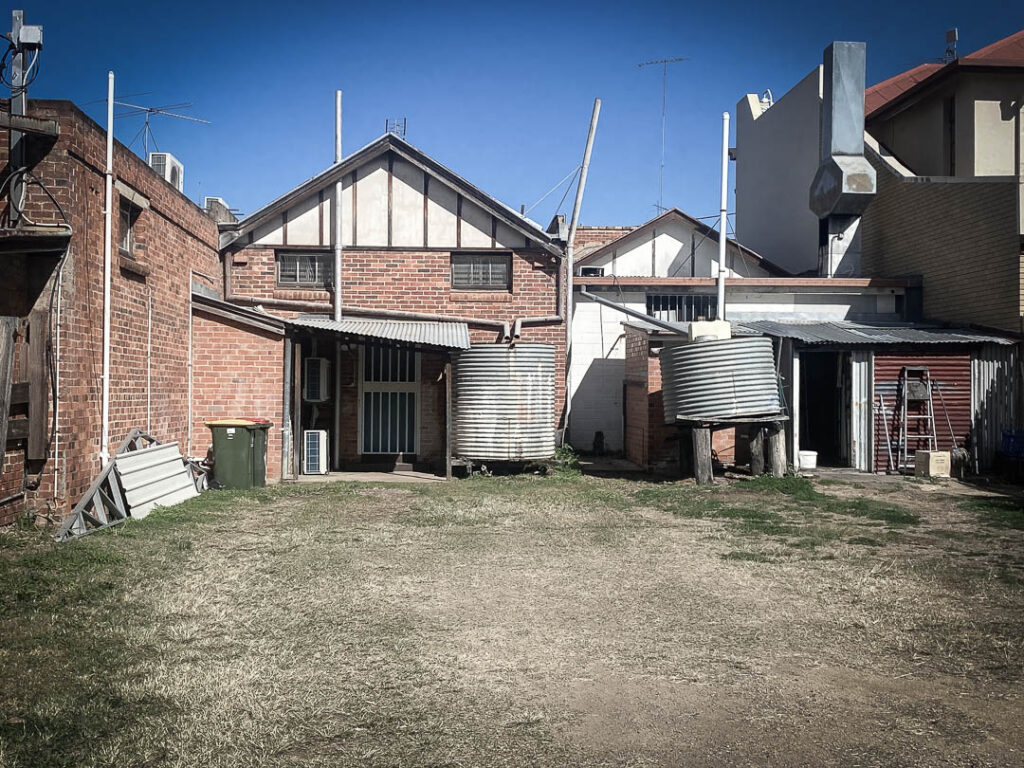
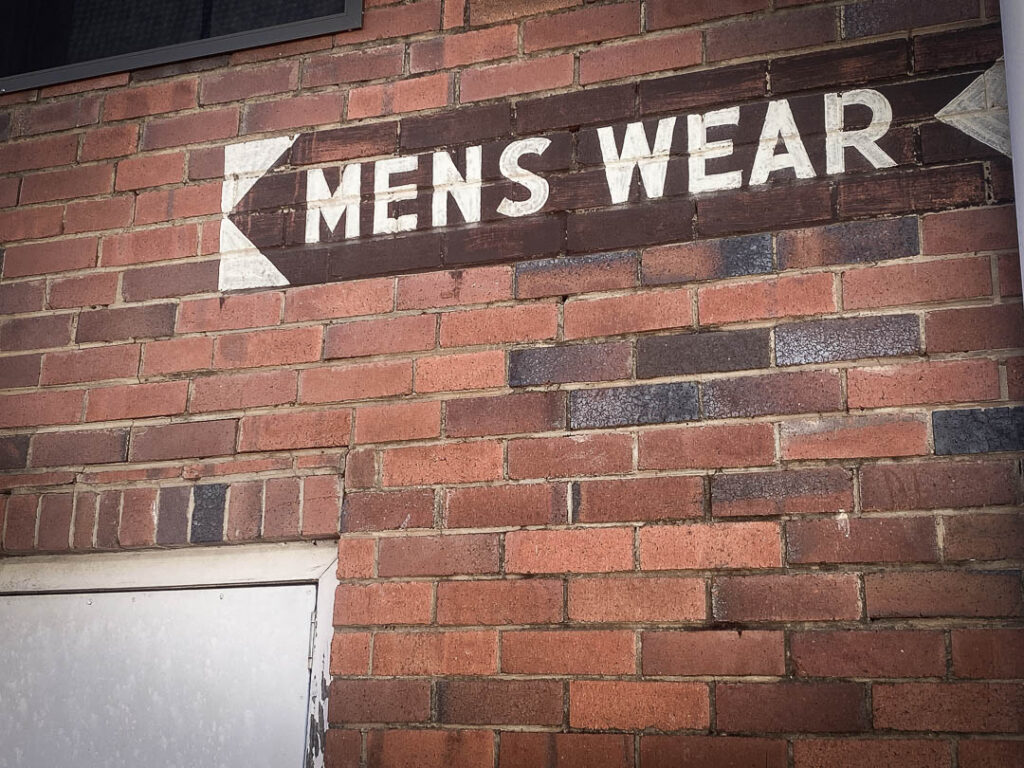
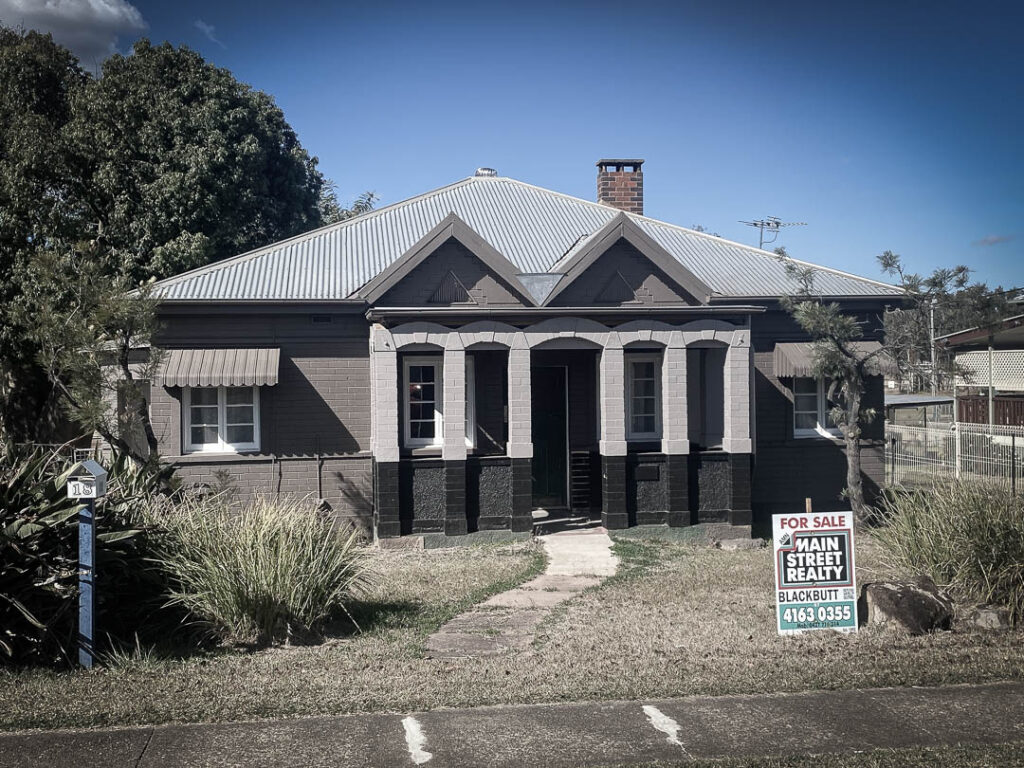
By 1877, farm selections were in full swing, marking the start of closer-settlement, which continued until 1904 when the last of the Nanango estate was resumed. A local government division named Barambah (later becoming Nanango Shire) came into play in 1879.
Around the turn of the century, the Nanango News hit the streets in 1899, I haven’t yet been able to locate the exact location of where the first newspaper was printed. However one of the locales told me that the local newspaper was once printed from within the walls of the Palace Hotel on Drayton Street.
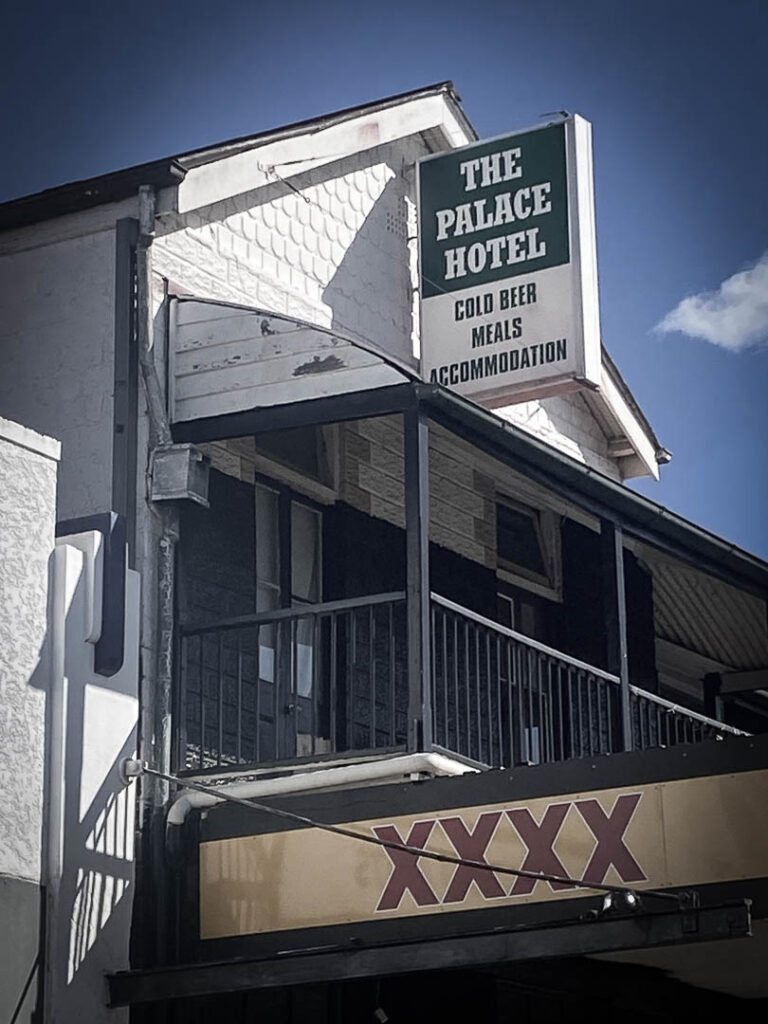
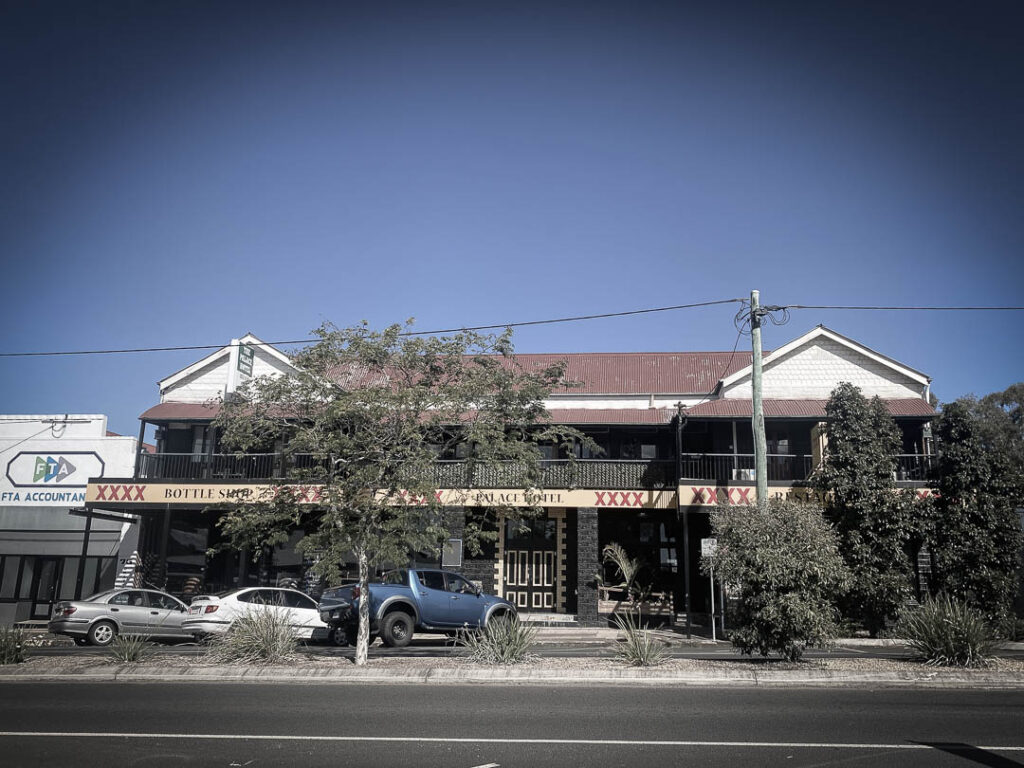
Palace Hotel, Nanango, Qld. The Palace is one of the three remaining pubs in Nanango – during the early days there were over 40 licences.
A small hospital opened its doors in 1898. the best was yet to come! In the next decade, the town saw rapid growth with dairying becoming a thing, and they even set up a local agriculture, pastoral, and mining society in 1900.
In 1903, the Australian handbook gave Nanango some serious recognition. They built a butter factory in 1906, which later became the town’s first source of electric power.
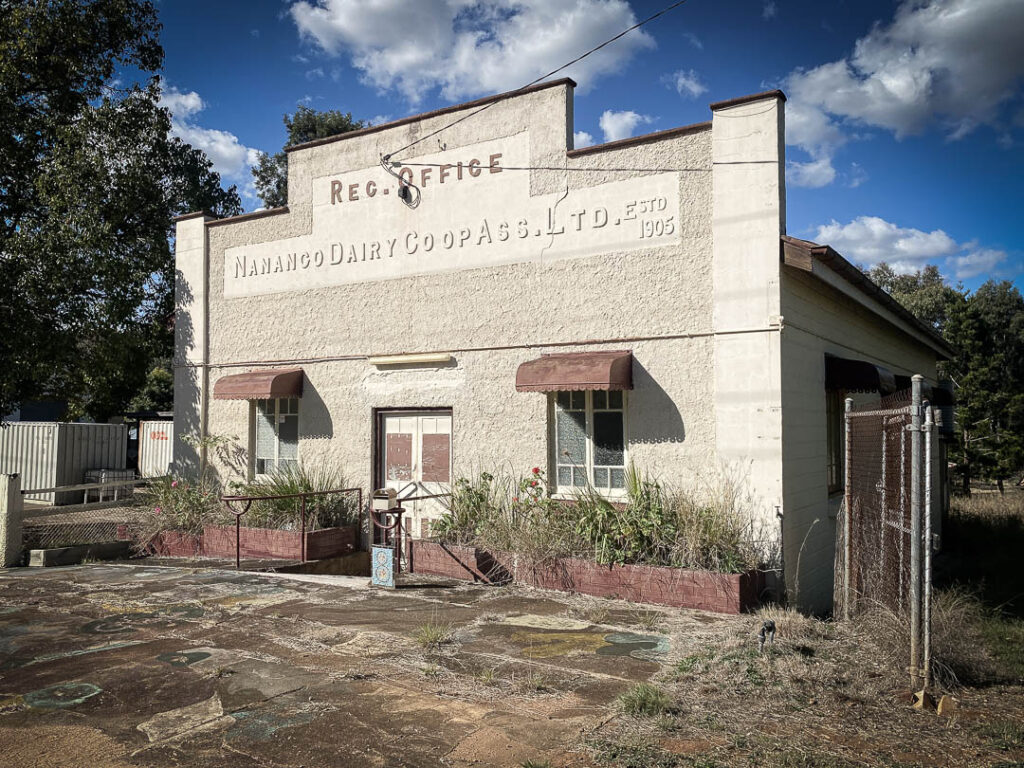
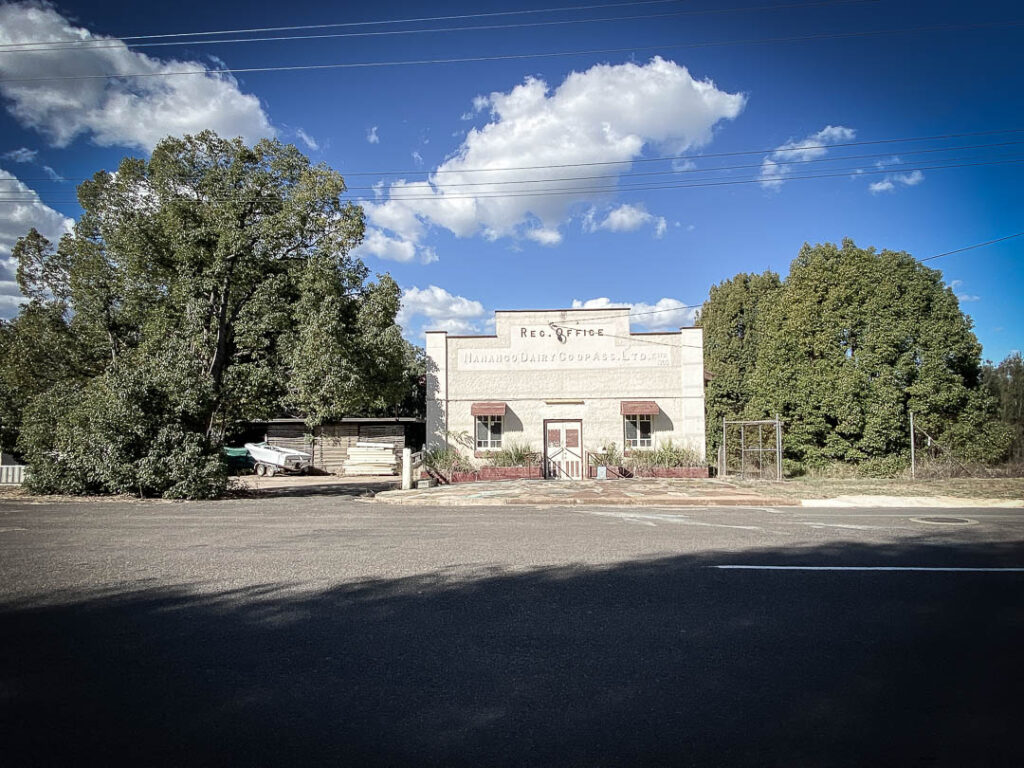
Nanango Butter Factory Building is a heritage-listed factory at George Street, Nanango, South Burnett Region, Queensland, Australia.
And not to forget, they had their fair share of churches too! Catholic and Presbyterian churches were already there before 1900, but they added Anglican, Methodist, and enlarged Catholic churches later on, providing a solid religious infrastructure for the town.
Jumping to 1911, the railway got extended from Kingaroy, bringing even more people to Nanango. The population was around 1500 at that time and stayed that way for the next 65 years. Nanango was definitely holding its own!
Then came the 1960s, and the Queensland government had some big electricity generation plans. With nearby coal deposits and water from the Burnett headwaters, Nanango became a hotspot for a new power station. So, in 1986, they opened the Tarong coal-fired power station after six years of construction. The town’s population doubled between 1976 and 1986, and they were making some serious upgrades to their civic infrastructure.
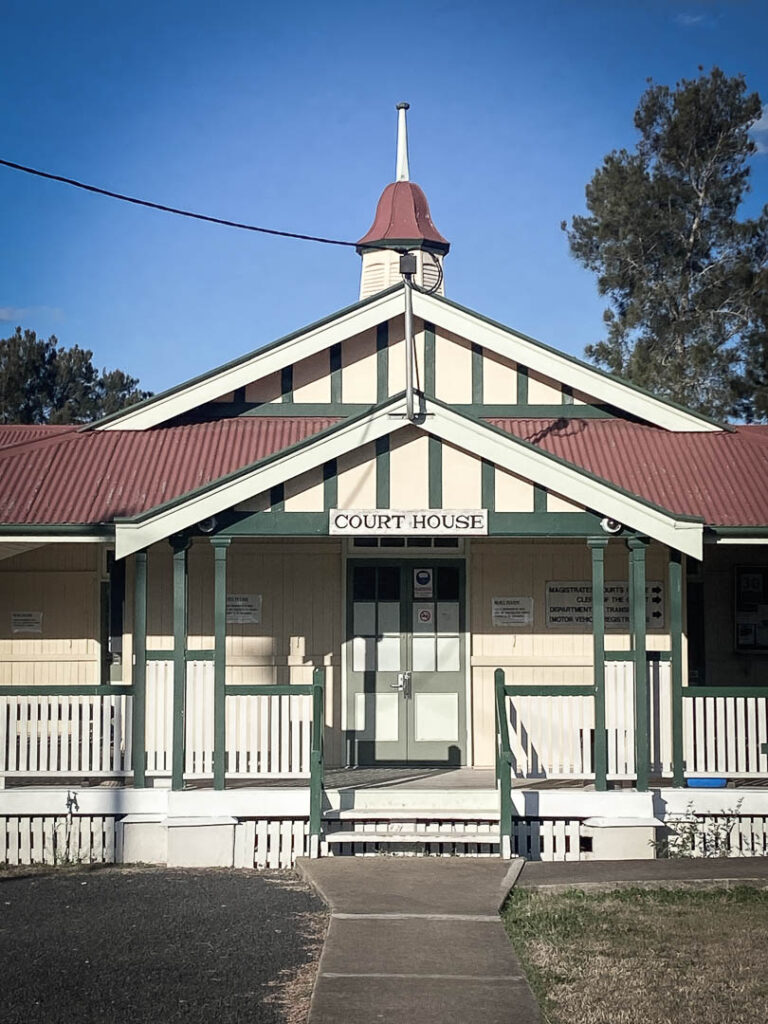
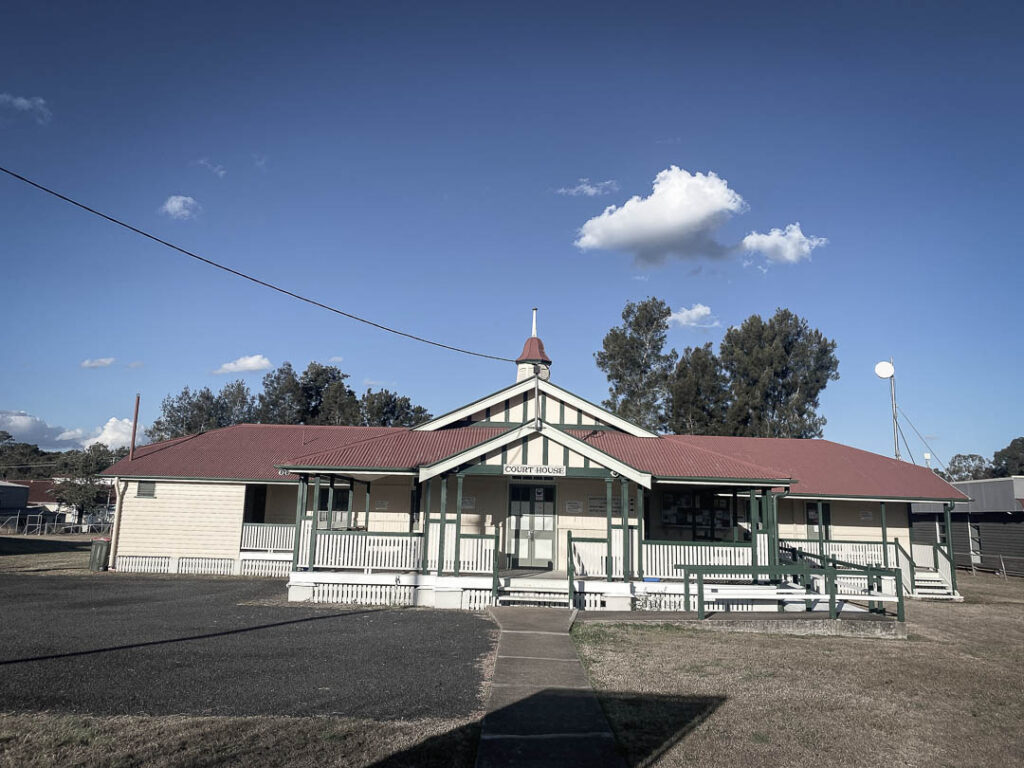
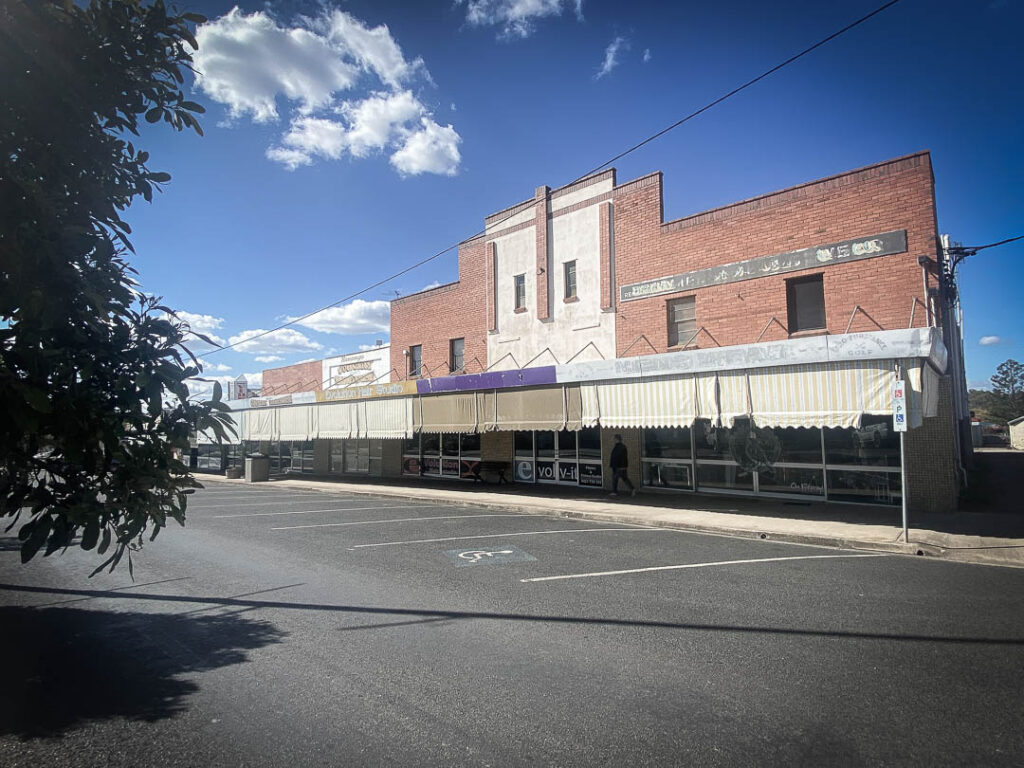
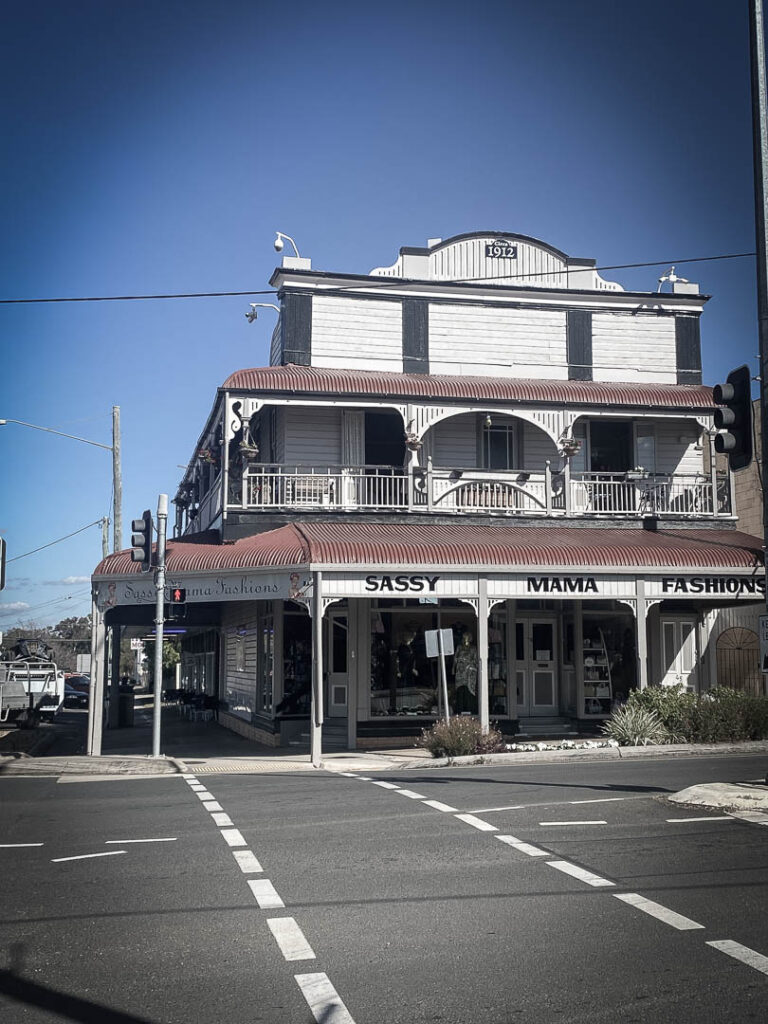
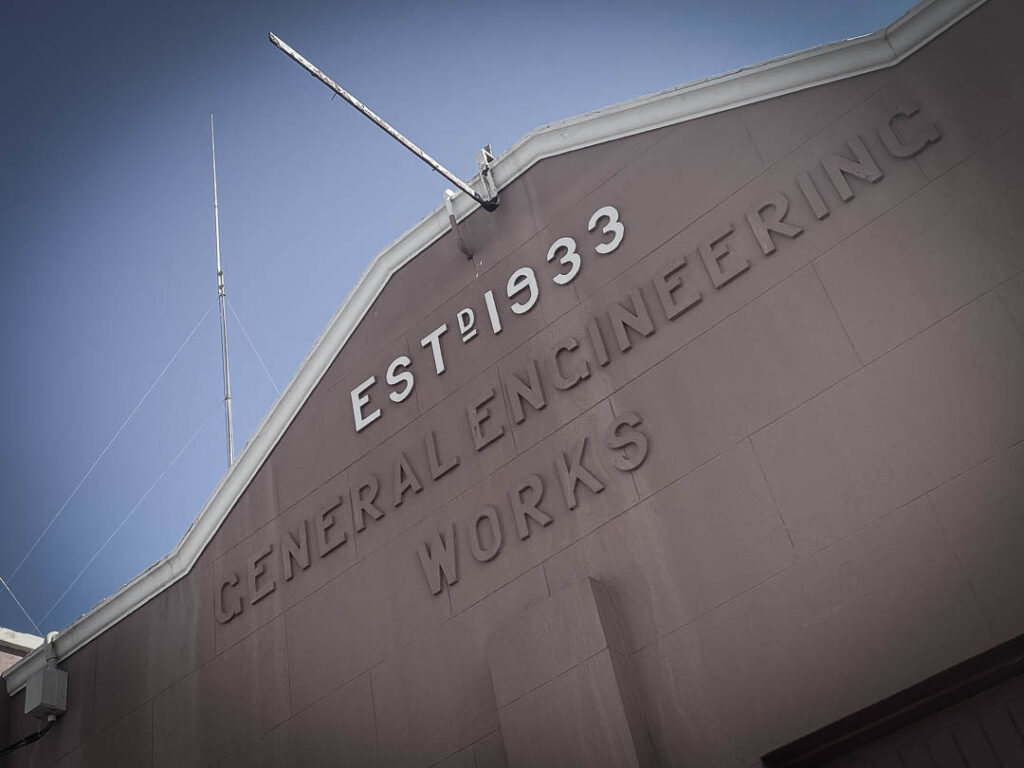
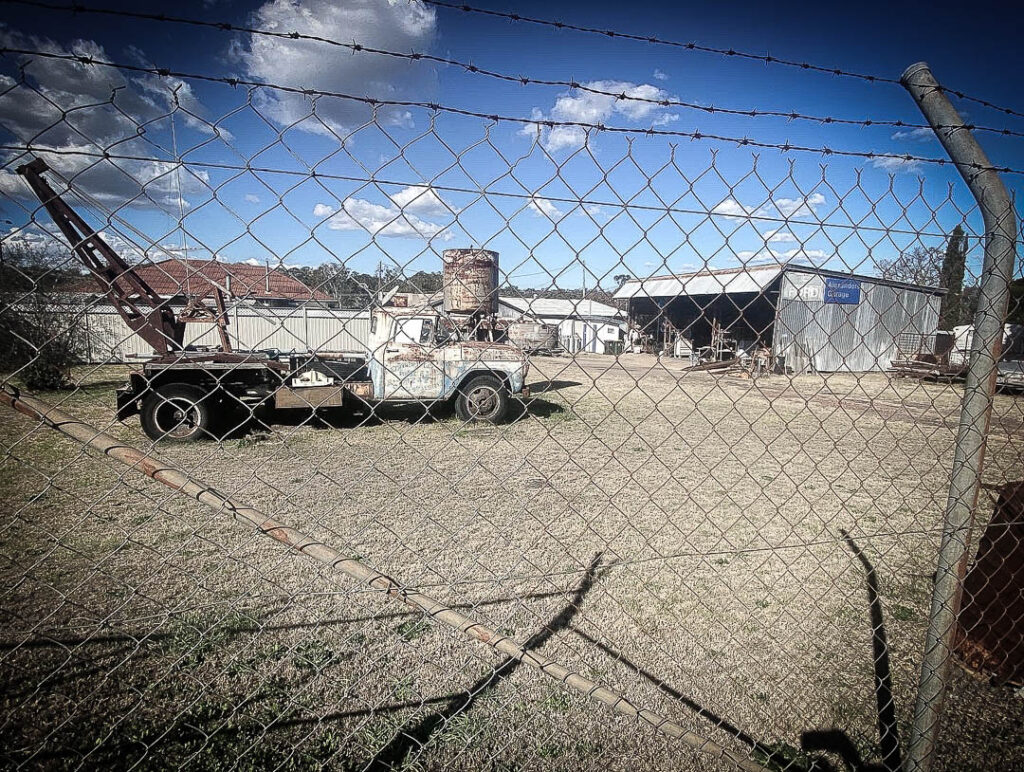
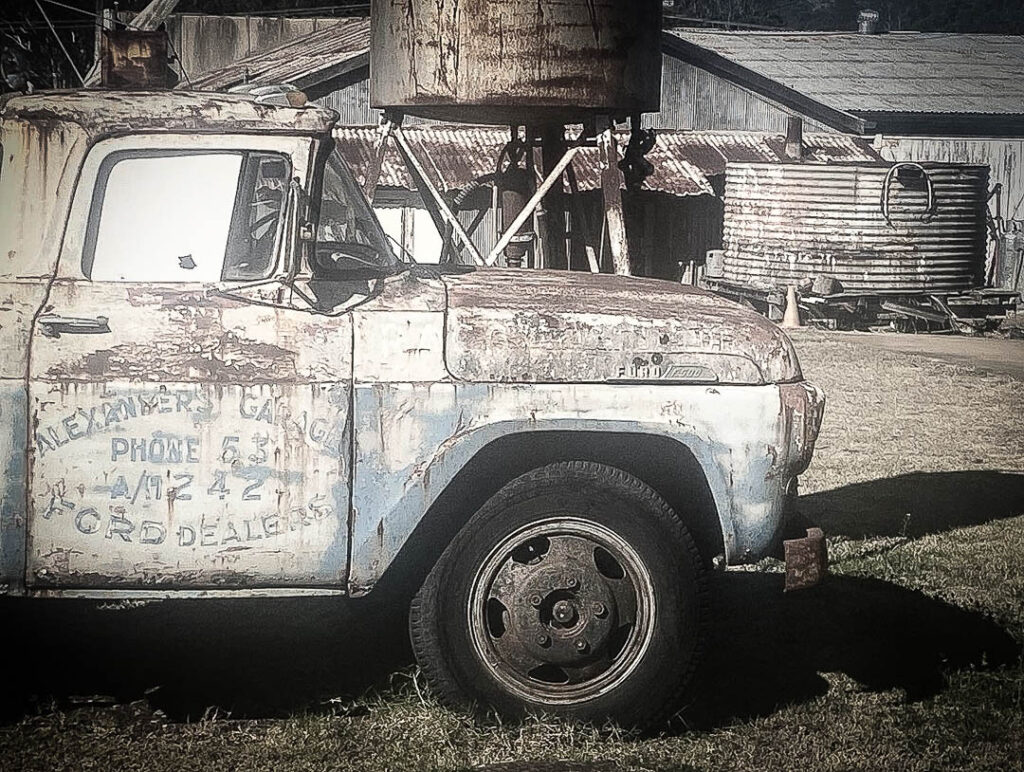
ALEXANDER’S GARAGE In 1936 Frank Butt established Butt’s Garage in Henry Street. The original premises contained the garage and a residence (that later turned into offices & a spare parts department).
Nanango had a couple of setbacks like the closure of the railway line in 1964 and the dairy factory in 1985. But Nanango stayed strong . Nowadays, you’ll find a solid shopping area with local businesses, sporting facilities, schools, a hospital, and some impressive heritage sites like the courthouse and the historical society housed in a Queenslander house designed by Robin Dods.
My visit to Nanango left me with a sense of nostalgia and appreciation for the charm of a sleepy small country town showing its age. The historical buildings, the kick-ass cemetery, and the overall typographic vernacular showcased the rich heritage of rural towns. Walking through the streets felt like stepping back in time, and every corner revealed a glimpse of its storied past. For anyone interested in exploring the authentic character and architectural legacy of our rural communities, Nanango is a must-visit destination. Its unpretentious allure and historical significance make it a hidden gem that deserves to be cherished and preserved for generations to come.
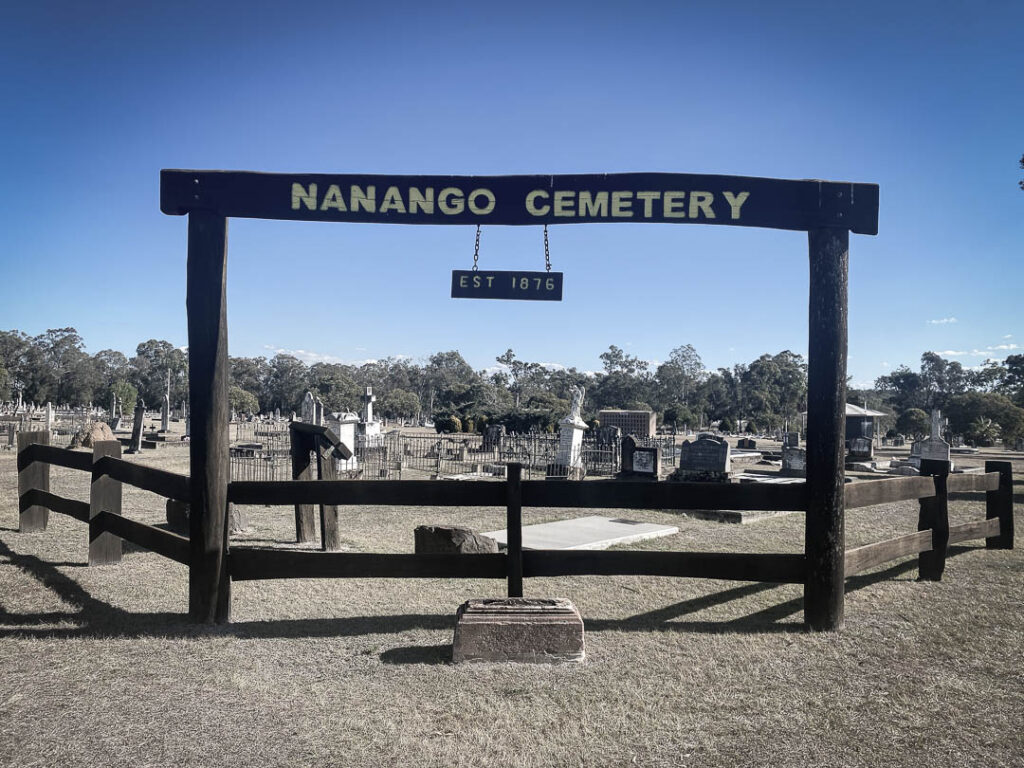
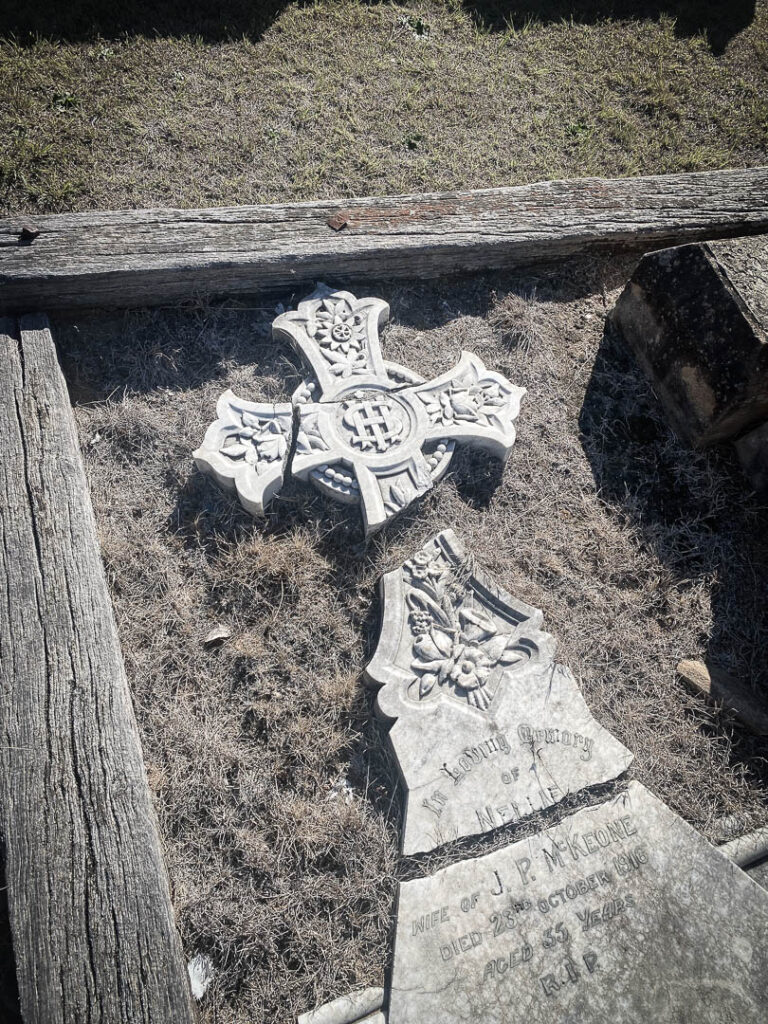
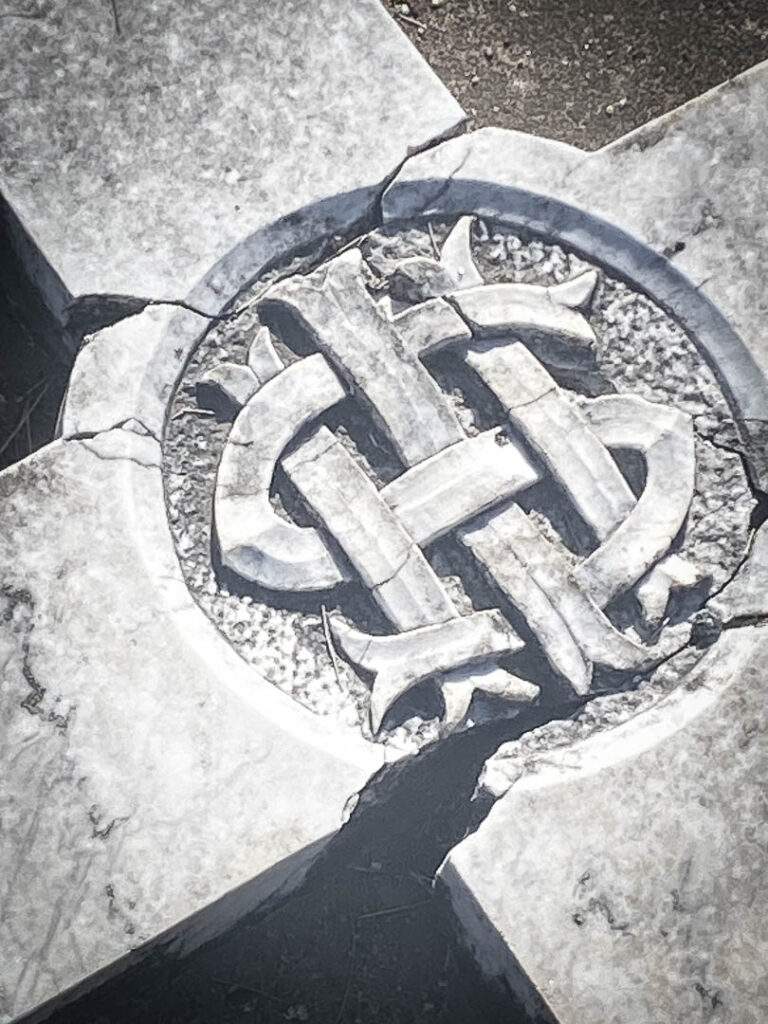
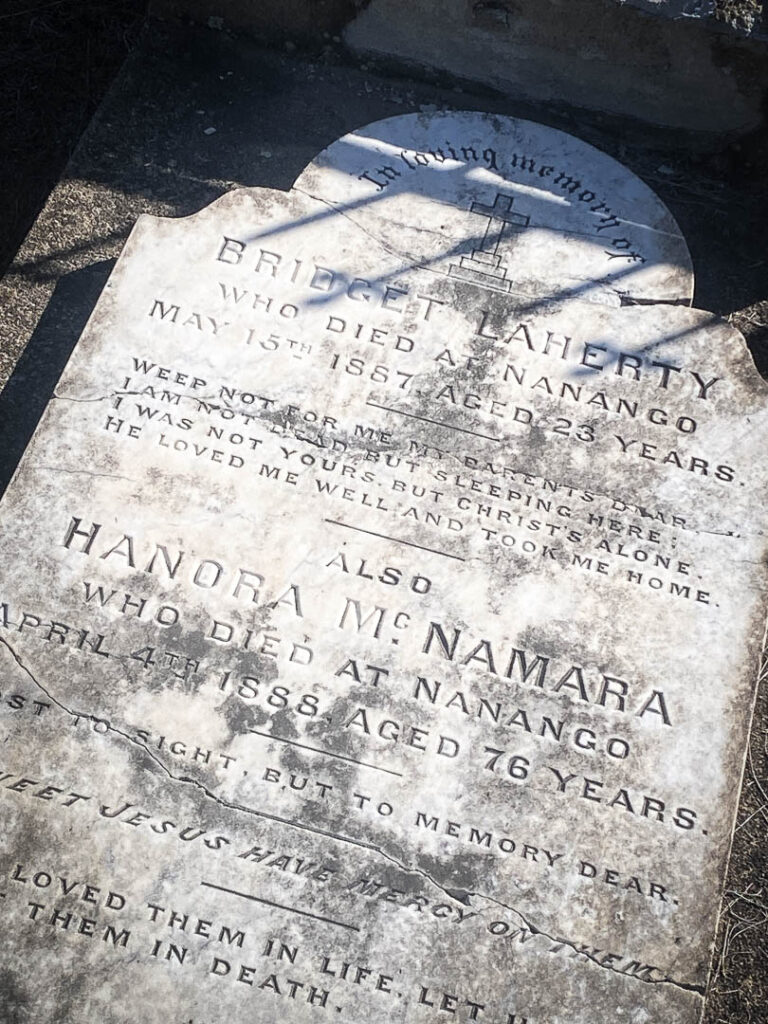
Nanango is the 4th oldest town in Queensland and consequently has a number of quite early graves. Prior to gazettal of the Nanango Cemetery Reserve the older older cemetery adjacent to MHPL 355 and 356 on the Nanango Gold Field was used (1862-1876)
